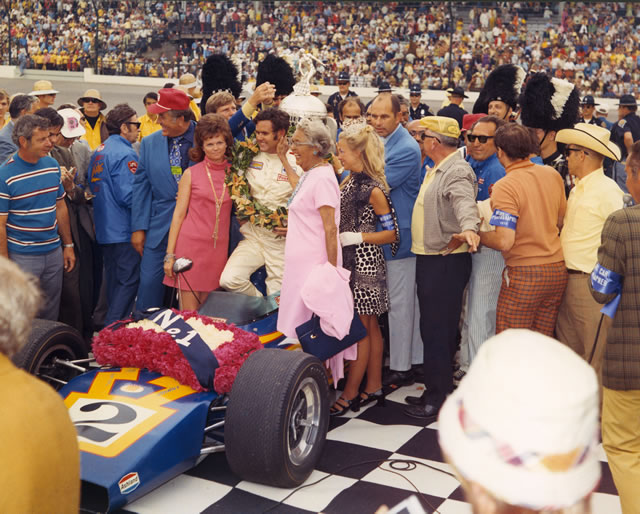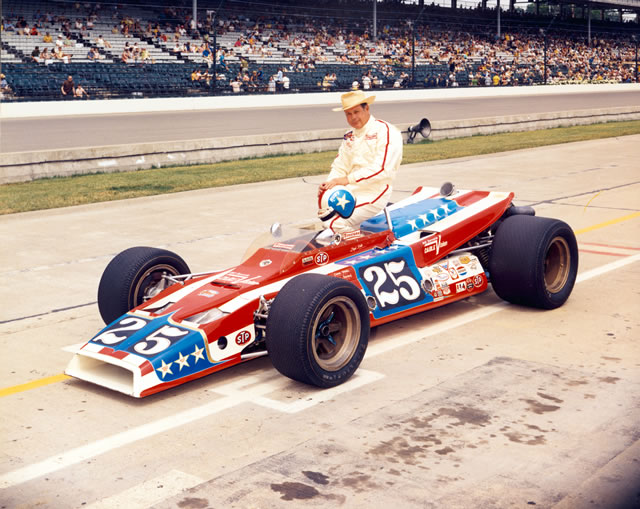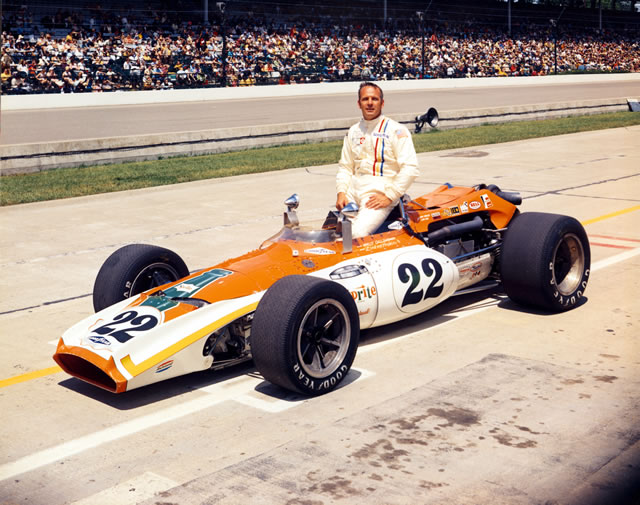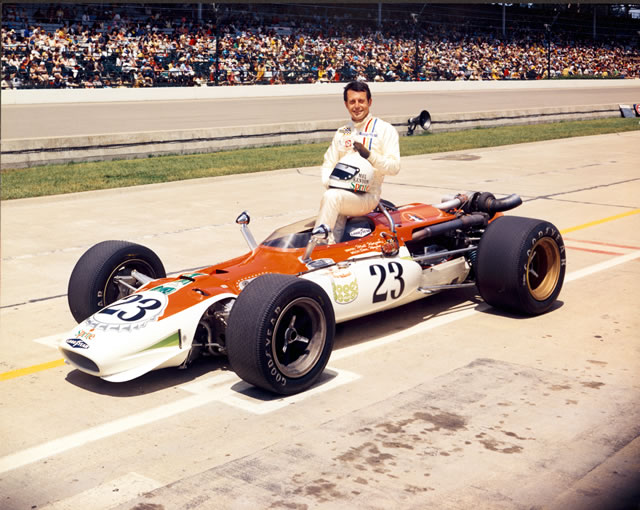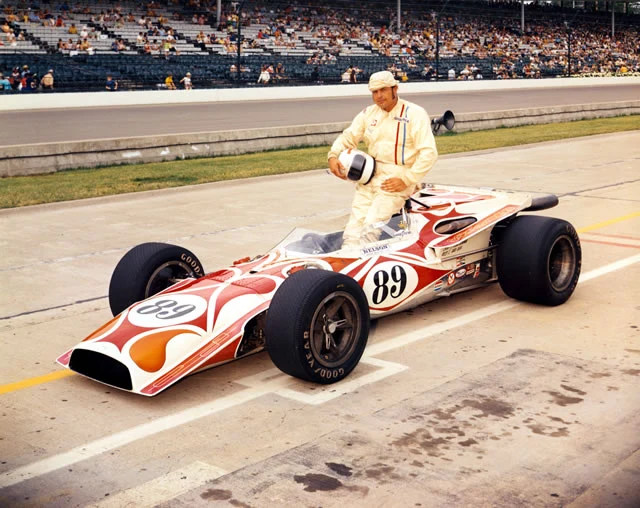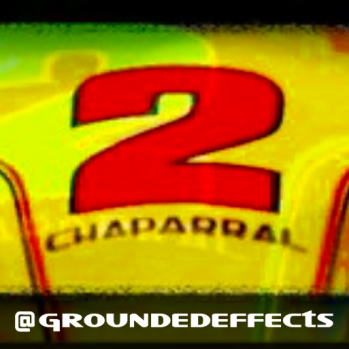Greetings everybody!
I hope everyone has fared well in our open-wheel, semi-hibernative state since our last INDYCAR race back in September of 2018 (some 25 weeks ago).
Where I live in Northern Indiana, the winter has been egregiously long and cold. Starting in earnest in mid-November, the wintry weather tends to make one draggy to the point of forgetting what day/week/month it is until that first glorious spring day appears, or INDYCAR starts in earnest on the Albert Whitted Airport circuit, whichever comes first. This year, it’s INDYCAR that has awakened me from the winter rather abruptly.
It’s not lost on me how ridiculous it seems that something nearly 6 months in the making can ‘sneak up’ on someone, but alas, here we are. I intend to hit the ground running however and this inaugural post of 2019 will review one important visual aspect of the sport before the green flies in St. Pete – the liveries.
Something like this cannot typically be done until the week before the first race anyway, as deals and sponsors get tied-up, and the reveals often happen just before the season starts, so I forgive myself for not posting on this sooner.
A nice pictorial summary of some of the 2019 liveries can be found at this link to the openwheel33 blog who got some great shots from the pre-season testing at WeatherTech Raceway Laguna Seca. I’ll give my 1 (lowest) to 4 (highest) star rating on my opinion of the newest liveries for St. Pete from the spotter’s guide, seen below. Please feel free to disagree with me here 😀.

Car number – Driver Abbreviation – Primary Sponsor: Rating, comments.
2 – NEW – Hitachi – ✪✪✪✩: 3.5 for a very solid, classic Penske-type livery that rarely inspires but is always easily recognized and on-brand.
4 – LEI – ABC Supply,
14 – KAN – ABC Supply – ✪✪✪: 3.0 for another very recognizable, stable, albeit dated design that actually has looked better on the new chassis than on the previous one. It still smacks of a swoopy-early-2000s design and I think it could be updated and improved with only a few tweaks. I still struggle with who’s who between LEI and KAN at speed even with the color flipped. Maybe that’s more a sign of a feeble brain than design.
5 – HIN – Arrow,
7 – ERI – Arrow – ✪✪✪✪: 4 for a design that is not only easily-recognized, but also has the benefit of looking extra sleek (fast) by day or night, thanks to the colors as well as the drivers. To be seen whether I struggle recognizing which car is which with the subtle color variation. Both look great however and neither looks the lesser of the other.
9 – DIX – PNC Bank – ✪✪✪✩ 3.5 for a design that initially didn’t impress me (how could it following one of the greatest liveries of all-time – Target), but is growing on me. I like the colors and again this is unlike any other livery out there which makes it easily identifiable in-person or on TV. I get the slick color gradients employ the logo graphic, but it seems to wash out the natural appeal of the chassis silhouette.
10 – ROS – NTT Data – ✪✪✪ 3.0 for to the League Title sponsor’s livery. Regretfully, as this design forsakes flashy design for simple, recognizable appeal, it just leaves me wanting a bit more. I can’t help but wonder if incorporating the Swedish flag of pilot Rosenqvist somehow with the similar NTT Data blue wouldn’t add some welcome zip and appeal to a certain foreign TV demographic.
12 – POW – Verizon – ✪✪✪ 3.0 for yet another solid Penske team livery that at one time was more easily distinguished from the field, now suffers from sameness that could be improved with a different color styling. Tough to just change the reigning Indy 500 champion winner’s livery but with the right touches, it could also be improved.
15 – RAH – United Rentals – ✪✪✪ 3.0. This RLL car is fairly recognizable and doesn’t necessarily offend but there just seems to be a lot going on in terms of colors and designs with sponsors. As has been noted in years past, the blue and white schemes seem dated and overused. Can’t say that about how the 2019 field is appearing, but this scheme also seems to lack an overall team cohesion with it’s sister car.
30 – SAT – Seeman-Holtz – ✪✪✪✫ 3.5 for the sister to the 15. Again a lot going on visually from the sides, but I can’t not give this an extra half star rating for that nose design which makes me recall the gorgeous Player’s liveries of the late 90s.
18 – BOU – SealMaster – ✪✪✪ 3.0 for a car that is easily recognizable. I can’t decide if this looks more like some sort of high-speed emergency vehicle or and indicator that Wiz Khalifa is a new Indycar team owner. I appreciate the stones it took to be as aggressive with the color and striping as they did which is why they get a 3.0 and not a 2.5. Red lettering on black backgrounds always causes visual issues. The lettering needs a more pronounced white outline as a contrast to the black.
19 – FER – David Yurman – ✪✪✫ 2.5 for a flashy black-on-chrome design, albeit with little interest beyond that. The T-1000 Terminator would be proud. the dorsal fin contrast in black with the Honda lettering is a welcome bit of accent similar to other designs, yet more noticeable on this livery.
20 – JON – Autogeek,
21 – PGO – Autogeek – ✪✪ 2.0. Again with the dreaded red on black lettering combined with an overall scheme that appears as a refugee from the early IRL days. Sorry ECR, this ain’t cuttin’ it. After years of solid and easily recognizable liveries with Fuzzy’s, I can’t tell if the new sponsor is Autogeek or Autogreek or Autoweek. Unremarkable from most any angle, I hope they have something better in the works by the time Indy rolls around.
22 – PAG – Menards – ✪✪✪✫ 3.5 for that great 80s-90s nostalgic neon yellow look combined with the simplicity of the Penske team liveries. You’ll never not be able to remember this car and sponsor because it’s seared into your retinae. Looks like it’s moving even when standing still.
23 – KIM – Tresiba – ✪✪✫ 2.5. To be honest, I’ve never liked the color scheme of this livery, but it does the job for standing apart and being memorable for the sponsor. Easily seen when on TV and in-person.
26 – VEA – Gainbridge – ✪✪✪✫ 3.5. I didn’t like or dislike it when I first saw it, but the more I see it, the more I like it. Easily visible are the sponsor’s name and graphical chevron branding. The blue accents work well and make this a more recognizable livery than it might be otherwise.
27 – ROS – NAPA – ✪✪✪✪ Four-Point-Oh for what I feel is the best livery in the paddock. Visually as near perfect as a livery can be on TV or in-person. Stands out and looks great at every angle. Maybe the car-parts-related sponsor is what tips this to the highest rating. The Andretti stable has a very good thing going with their team cohesion and design elements (just fore of the cockpit).
28 – RHR – DHL – ✪✪✪✫ 3.5 for a livery that looks great and instantly recognizable. Just a light bit of pizzaz away from being a 4. Maybe a third color wing accent like the Gainbridge car.
98 – AND – US Concrete – ✪✪✪✫ another 3.5 for a very good design. Sometimes a bit difficult to see on TV, it looks good in-person and the logo really pops. I may be just a bit weary of carbon-greys, other wise this could push for a higher rating.
59 – CHI – Gallagher – ✪✪✪ 3.0. More of the swoopy bits which usually make me cringe, but they’re done better on this car. Maybe it’s because the monochromatic blue scheme is attractive to my eyes and the swoops add interest where few other sponsors names/logos reside.
60 – HRV – Sirius XM – ✪✪✪✫ 3.5. As a sister car to the SPM Arrow cars, I like this livery very much and the hot purple metallic over black is a sweet look that is memorable and eye-catching. Great for sponsor exposure, however, the Sirius XM sponsor doesn’t utilize purple in their logo in anyway, so there’s a slight bit of dissonance with their use of blue. The white numbering on the purple is easier to see than on the hot pink of 2017. Nice design and great use of colors with energy and excitement.
81 – HAN – ? – No Rating. Apparently carrying over the livery from their sportscars to their Indycar, newbies DragonSpeed Racing may be using a scheme that some might associate with glory days of ABC’s Wide World of Sports when Evel Knievel used to jump rows of passenger buses wearing motorcycle leathers with a similar design. Fun! Until I see an actual picture of this livery in person or high-quality photo, I won’t rate it. There’s definitely some potential here though.
88 – HER – ? – ✪✪✫ So far not much to be seen on the livery front except that it’s apparently a change from last year. Again, a wait and see on this one. The spotter guide doesn’t offer much on their latest design so that’s what I’m looking at currently.
32 – ? – ? No rating yet for Juncos until they enter a car for a race. Apparently they’ll not be at St. Pete although judging by their previous liveries, I’ll probably like very much what the come up with.
In all, I’d have to give the overall grade for the entire field a ✪✪✪ for the variety and general good work done in designing liveries for the 2019 season of Indycar.
Feel free to add your thoughts below and thanks for reading!
